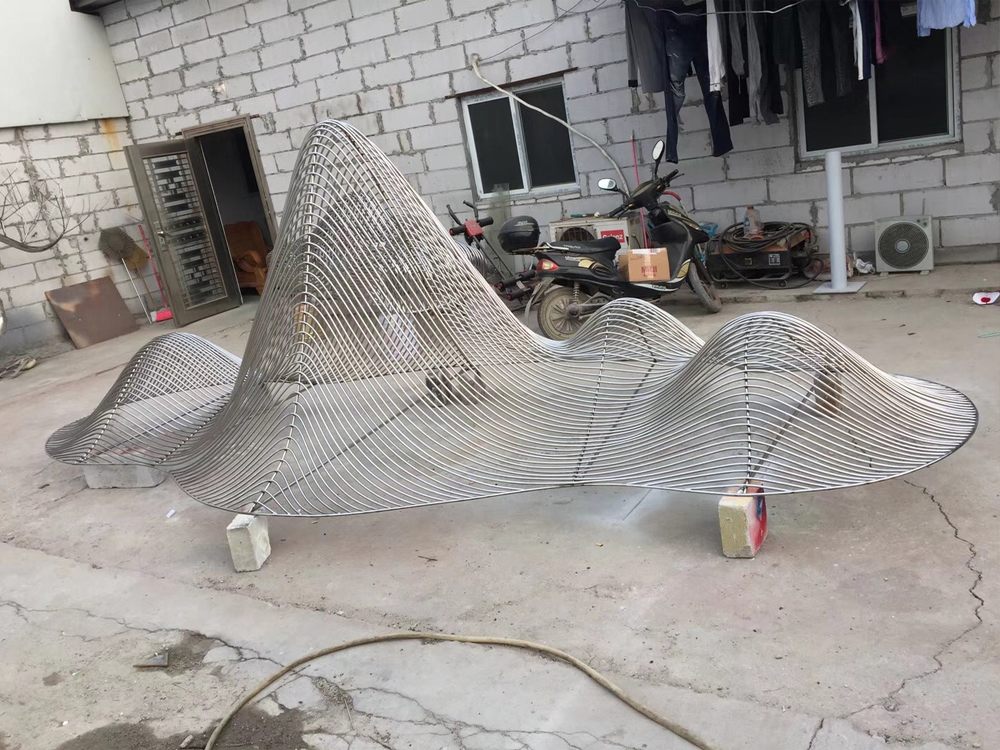
Porcelain sculptures have long held a sacred place in religious and spiritual traditions worldwide, particularly in Asian cultures. Among the most revered examples are the delicate white-glazed Buddhist statues from China's Ming Dynasty, such as the iconic Guanyin (Goddess of Mercy) figurines. These ethereal sculptures, often adorned with flowing robes and serene expressions, were crafted for temple altars and private devotion.
In Japan, the Kakiemon-style porcelain sculptures of the Edo period depict Buddhist deities like Jizo Bosatsu, protector of travelers and children. The vibrant enamel colors and intricate details make these pieces highly collectible.
Christianity also boasts remarkable porcelain art, such as the Meissen Pietà from 18th-century Germany, where the translucent quality of porcelain perfectly captures the sorrow of Virgin Mary holding Christ.
Perhaps most spiritually significant are the qingbai porcelain funerary urns from Song Dynasty China, used in ancestral worship. Their celadon glaze and symbolic decorations bridge the earthly and divine realms.
These porcelain masterpieces demonstrate how ceramic art transcends mere decoration, becoming vessels for prayer, meditation, and connection with the sacred. Their enduring beauty continues to inspire spiritual seekers and art lovers alike.

